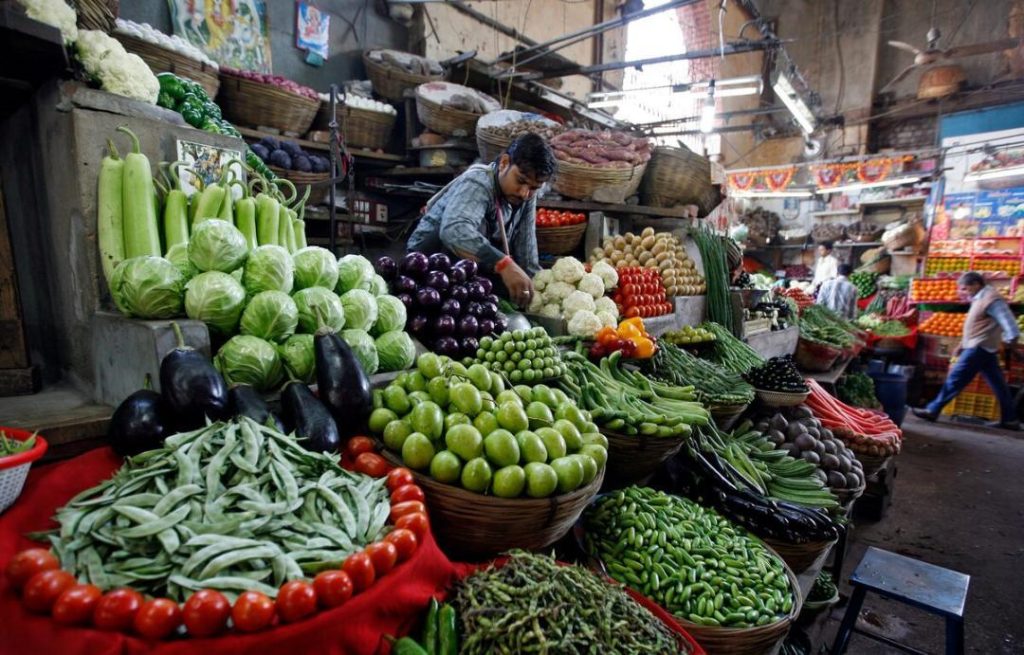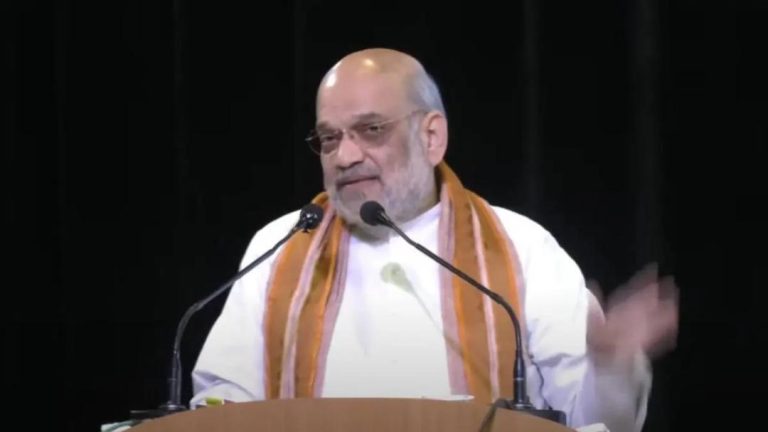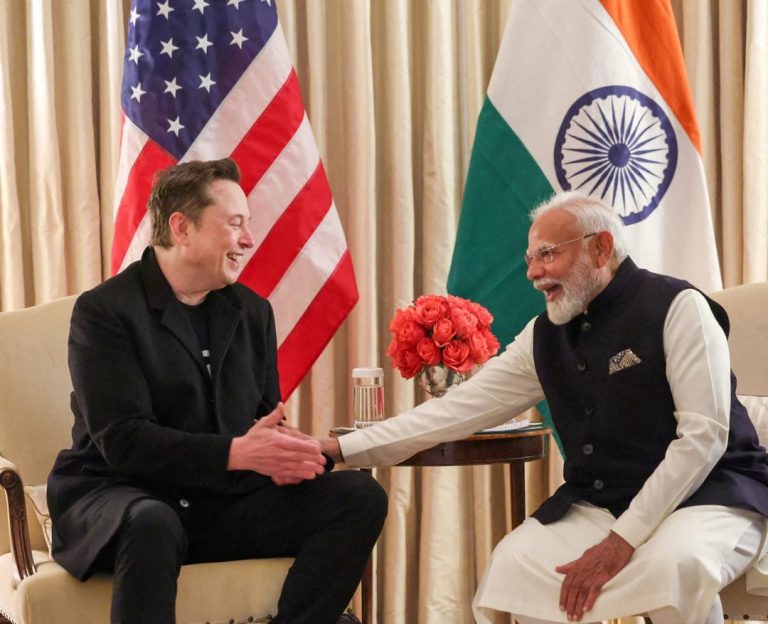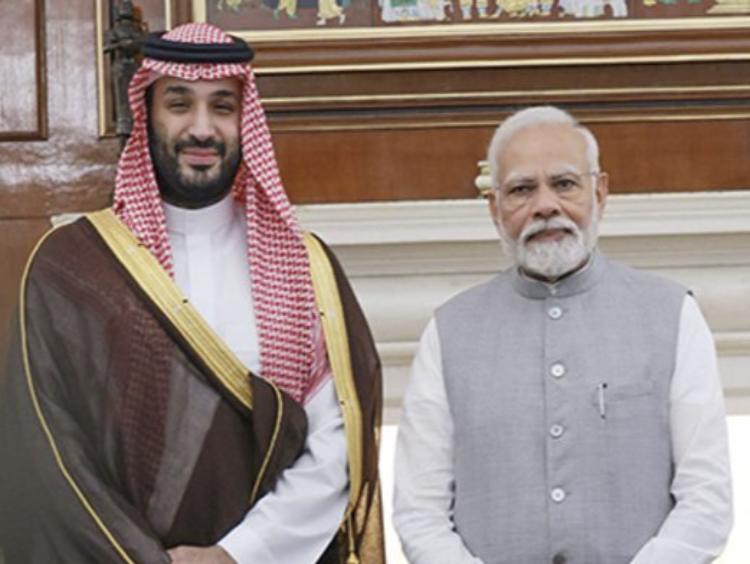
India’s Retail Inflation Falls to 3.34%, Lowest y-o-y Inflation after August 2019
In a welcome move, India’s retail inflation rate has fallen to its lowest level in nearly two years, according to the latest data released by the government. The year-on-year inflation rate based on the All India Consumer Price Index (CPI) for March 2025 over March 2024 stood at 3.34%, marking a significant decline of 27 basis points compared to February 2025.
This development is significant as it indicates a slowdown in the pace of price rise, which is good news for consumers and the economy as a whole. The 3.34% y-o-y inflation rate is the lowest since August 2019, when the inflation rate was 3.2%. The decline in inflation is a testament to the government’s efforts to keep prices in check and maintain macroeconomic stability.
The All India CPI is a widely watched indicator of inflation in India, as it takes into account the prices of a basket of goods and services consumed by households. The index measures price changes across various categories, including food, beverages, clothing, footwear, housing, and more.
The decline in inflation is attributed to several factors, including a decrease in food inflation, which has been a major contributor to price rise in recent times. Food inflation, which accounts for more than 50% of the CPI, stood at 2.44% in March 2025, down from 2.63% in February 2025. The government’s efforts to boost agricultural production and improve supply chain management have helped to reduce food prices, thereby contributing to the decline in overall inflation.
Another factor that has contributed to the decline in inflation is the moderation in prices of fuel and lubricants. The recent decline in global oil prices has led to a reduction in domestic fuel prices, which has had a positive impact on inflation. The prices of petrol, diesel, and liquefied petroleum gas (LPG) have all come down in recent months, leading to a reduction in transportation and other costs.
The decline in inflation is also a result of the government’s monetary policy measures. The Reserve Bank of India (RBI), the country’s central bank, has been keeping a close eye on inflation and has taken steps to manage it. The RBI has raised interest rates several times in recent months to curb inflationary pressures and maintain macroeconomic stability.
The decline in inflation is good news for the economy, as it indicates a slowdown in the pace of price rise. This, in turn, is likely to boost consumer spending and investment, which are essential for economic growth. The government can also use this opportunity to implement pro-growth policies, such as tax cuts and subsidies, to stimulate the economy.
The decline in inflation is also a positive sign for the government’s efforts to contain price rise. The government has been working to improve the supply chain management and reduce prices of essential commodities. The recent decline in inflation indicates that these efforts are bearing fruit and that the government is on the right track.
In conclusion, the decline in India’s retail inflation rate to 3.34% is a welcome development that indicates a slowdown in the pace of price rise. The decline in food inflation and fuel prices, combined with the government’s monetary policy measures, have all contributed to this decline. The government can now use this opportunity to implement pro-growth policies and stimulate the economy.
News Source:
https://pib.gov.in/PressReleseDetail.aspx






